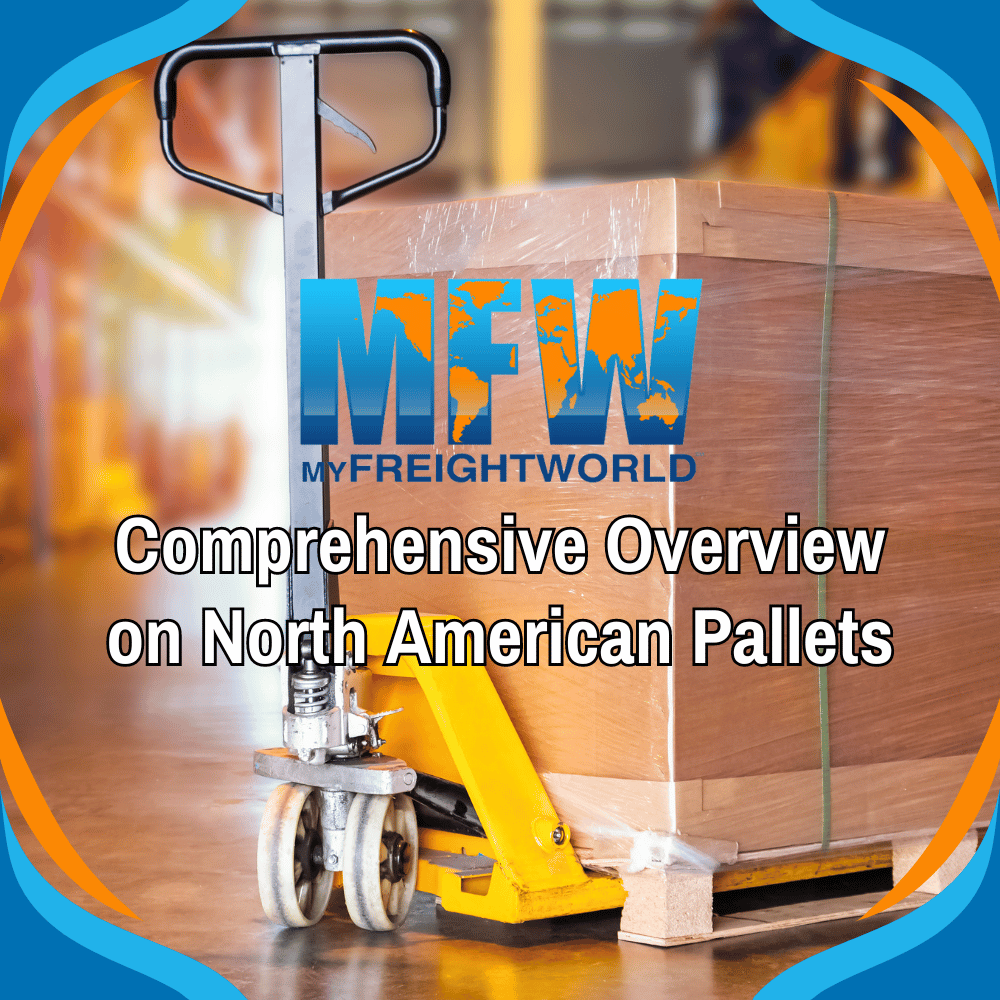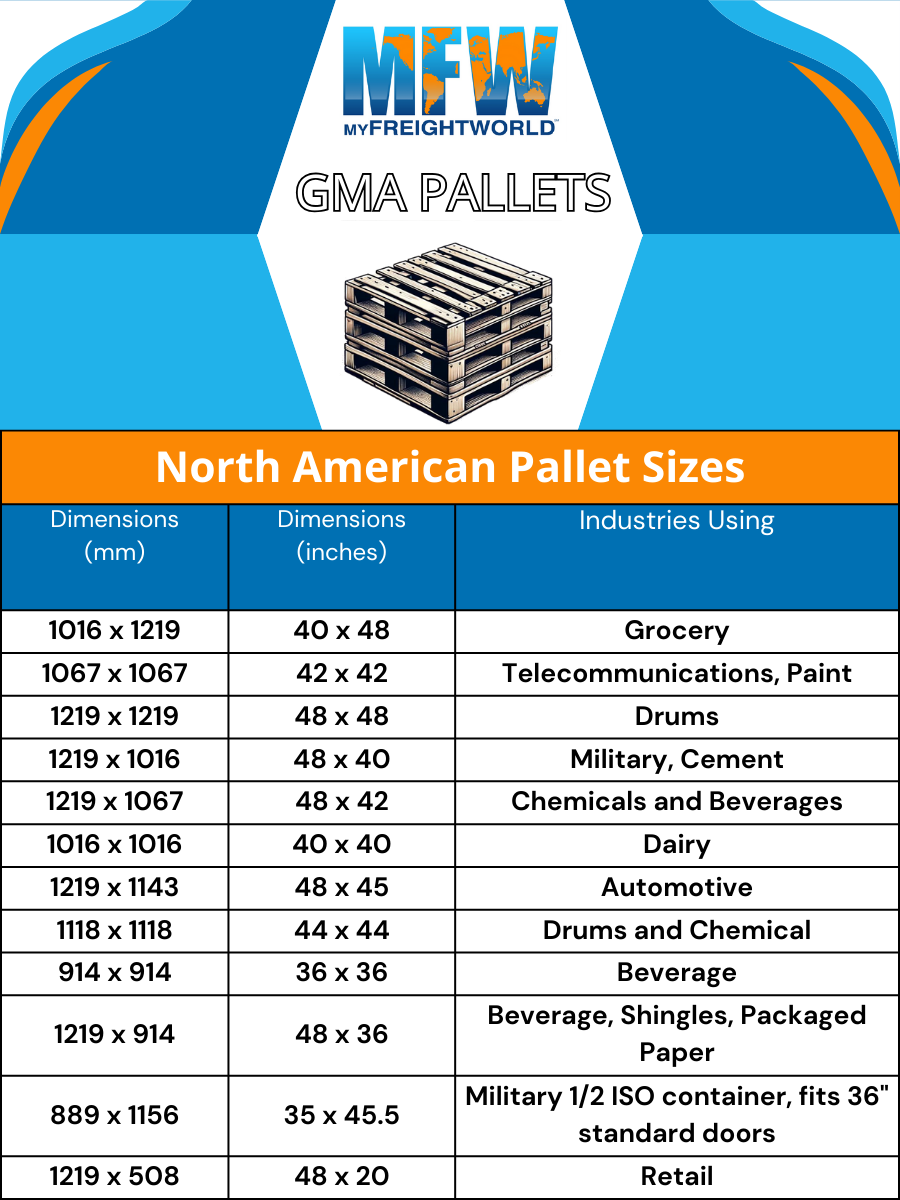
North American pallets are the cornerstone of logistical and warehousing operations across the United States, and familiarizing yourself with standard size pallets is essential if your business involves transporting or storing goods. These pallets are more than just pieces of wood; they’re a key to efficiency and organization in the supply chain.

Everything You Need to Know About North American Pallets
- Standard Dimensions: The typical North American pallet measures 48 inches by 40 inches, a dimension that syncs perfectly with the region’s transportation and storage infrastructure. This harmonization maximizes space, boosts efficiency, and is instrumental in refining operations throughout the supply chain.
- Variety and Durability: North American pallets come in several types, each designed for different needs and handling requirements. From the more robust block pallets that allow multi-directional forklift access to the more traditional stringer pallets, the choice depends on the specifics of your operational needs.
- Material Options: Diverse materials offer various benefits and price points:
- Softwood Pallets: Cost-effective and typically used once before recycling.
- Plastic Pallets: More durable than wood and justify their cost over time.
- Hardwood Pallets: Known for their repeated usability and robustness.
- Paper Pallets: Lightweight and environmentally friendly, ideal for eco-conscious businesses.
- Metal Pallets: The epitome of durability and longevity but come at a higher cost.
- Weight Capacity: Depending on their construction, these pallets can support from 1,000 to 4,500 pounds, catering to a wide range of goods. Selecting the appropriate pallet for the weight, size, and shape of your cargo is essential for operational safety and efficiency.
Complementary Pallet Types for Global Operations
- ISO Pallets: These are the go-to for international shipping, with standardized sizes that ensure global compatibility. Perfect for businesses looking to export, ISO pallets bridge logistical practices between countries. Dive into the details of ISO pallets in our guide to ISO pallets.
- Euro Pallets (EPAL): Setting the standard across Europe, these pallets are recognized for their uniform size and adherence to stringent quality guidelines. They are a testament to the commitment to excellence in the European logistics network. Uncover more about their benefits in our overview of Euro pallets.
